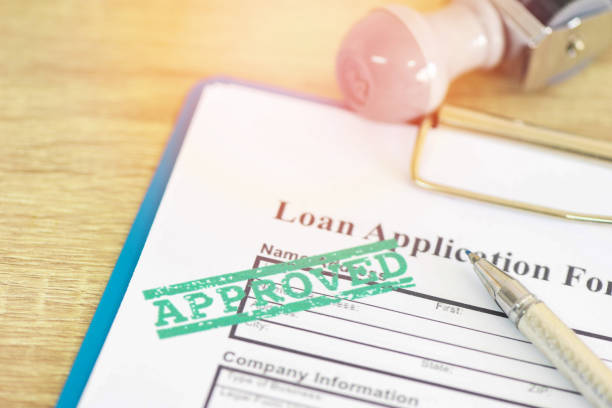Conquer the Mountain: Navigating Student Loan Repayment Assistance Programs
Student loan debt can feel like staring at Everest in flip-flops. But before you resign yourself to a lifetime of ramen noodles and budgeting woes, know this: help is available. Navigating the world of student loan repayment assistance programs can seem daunting, but with the right tools and knowledge, you can find a path to conquer this financial peak.
Understanding the Loan Landscape:
First things first, let’s get familiar with the terrain. Federal loans are issued by the government and generally offer more flexible repayment options than private loans from banks or lenders. Knowing your loan type (e.g., Direct Stafford, Perkins) and interest rate is crucial, as different programs cater to specific types of debt. And remember, consolidation might streamline your payments but isn’t a magic bullet.
Uncovering Your Repayment Resources:
The good news? You’re not alone in this climb. The federal government offers a variety of repayment plans tailored to different income levels and family situations. Income-Driven Repayment (IDR) plans, for example, adjust your monthly payments based on your earnings, while Public Service Loan Forgiveness (PSLF) can erase your debt after years of working in qualifying public service jobs.
But don’t stop there! State-sponsored programs offer hidden gems, and some industries even have loan repayment assistance specific to your profession. Explore your employer’s benefits package too, as some companies offer loan repayment assistance as a perk.

Qualifying for Forgiveness: Unveiling the Secrets:
Each program has its own eligibility requirements, so meticulously review them before setting your sights on a specific summit. Documentation is key, so keep your paperwork organized and submit it diligently. Remember, even small missteps can derail your journey to forgiveness, so tread carefully and avoid common pitfalls.
Choosing the Right Program: A Strategic Approach
Selecting the optimal program requires honest self-evaluation. What are your financial goals? What repayment terms align with your budget and career trajectory? Compare programs side-by-side and don’t hesitate to seek expert guidance from financial advisors or non-profit organizations specializing in student loan debt relief.
Taking Action: Your Roadmap to Loan Relief
Ready to embark on your ascent? Completing the application process for your chosen program is the first step. Staying compliant with program requirements is vital to maintaining your eligibility. And throughout your journey, celebrate every milestone, no matter how small. Every dollar saved or payment made brings you closer to your dream. Embracing a Brighter Financial Future
Remember, tackling student loan debt is a marathon, not a sprint. Be patient, stay informed, and don’t be afraid to adjust your course as your financial landscape evolves. With dedication and the right tools, you can conquer this mountain and emerge at the peak with a brighter financial future.
FAQs:
1. What if I don’t qualify for any programs?
Don’t despair! While specific programs might have eligibility criteria, options still exist. Consider income-driven repayment plans, explore hardship deferment or forbearance programs, or research refinancing options to lower your interest rate. Remember, every little bit helps in chipping away at your debt.
2. Can I combine different repayment programs?
Unfortunately, combining different federal repayment programs isn’t typically possible. However, you can consolidate multiple federal loans into one, simplifying your payments and potentially making you eligible for certain programs. Speak to a loan servicer or financial advisor for specific guidance.
3. How can I avoid scams related to student loan relief?
Never pay upfront fees for loan forgiveness or repayment assistance. Legitimate programs are free to join, and the Department of Education will never ask for your personal information over the phone or unsolicited emails. Be wary of offers that sound too good to be true, and always verify information through official government websites.
4. What resources are available for additional support?
The Federal Student Aid website (studentaid.gov) offers a wealth of information, including repayment plan comparisons and eligibility assessments. Non-profit organizations like the National Foundation for Credit Counseling and the American Consumer & Credit Counseling can also provide personalized guidance and support.
5. How will changes in the political landscape affect these programs?
While program details might evolve over time, the federal government remains committed to supporting student loan borrowers. Stay informed by subscribing to the Department of Education’s email updates and monitoring their website for any program changes. Remember, even if specific program details shift, options will always be available to help you manage your student loan debt.
Remember, tackling your student loan debt is an empowering journey. With the right knowledge and resources, you can navigate the landscape, choose the optimal path, and ultimately reach the summit of financial freedom. So, take a deep breath, lace up your metaphorical hiking boots, and start your ascent today!

